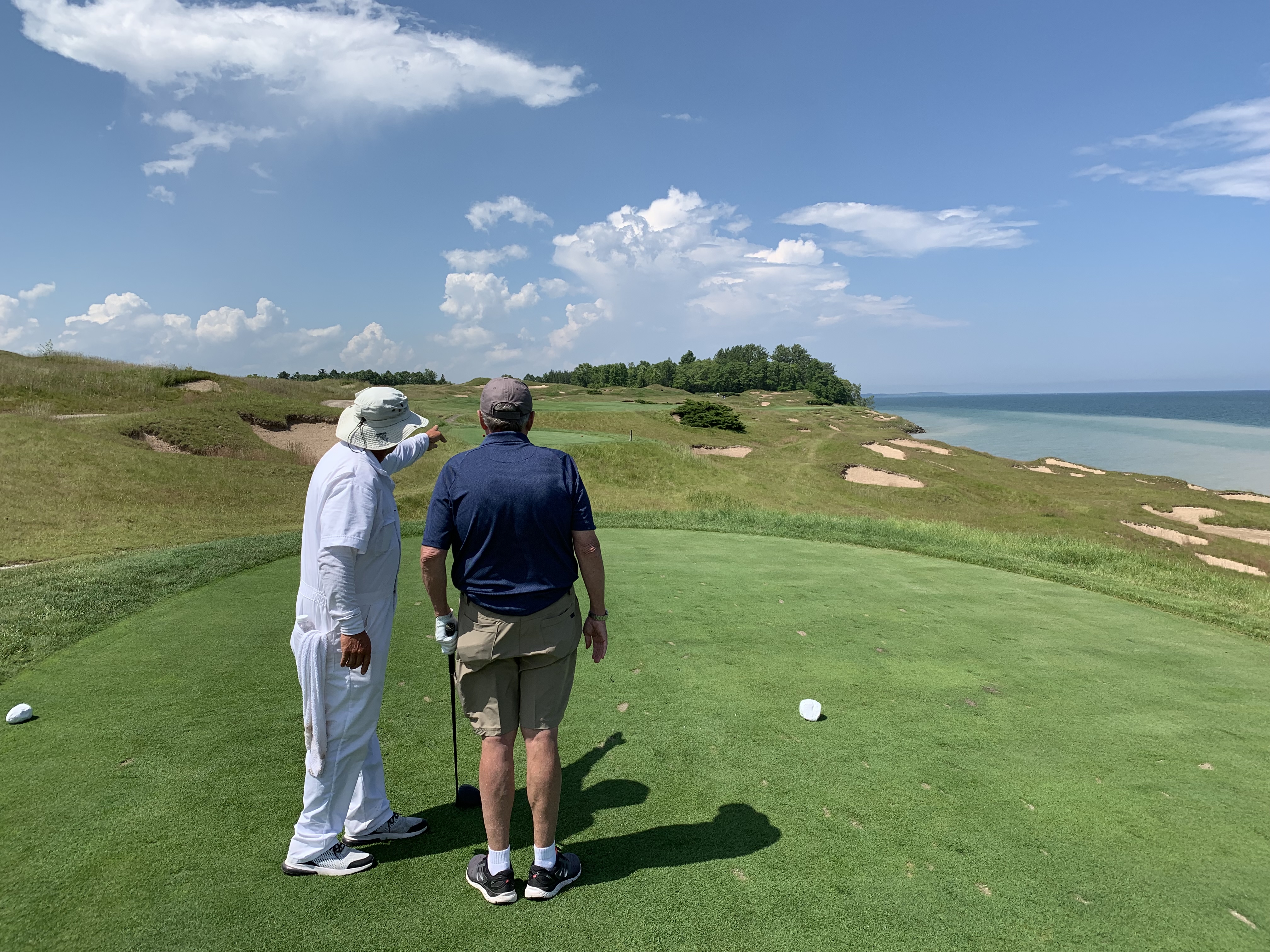
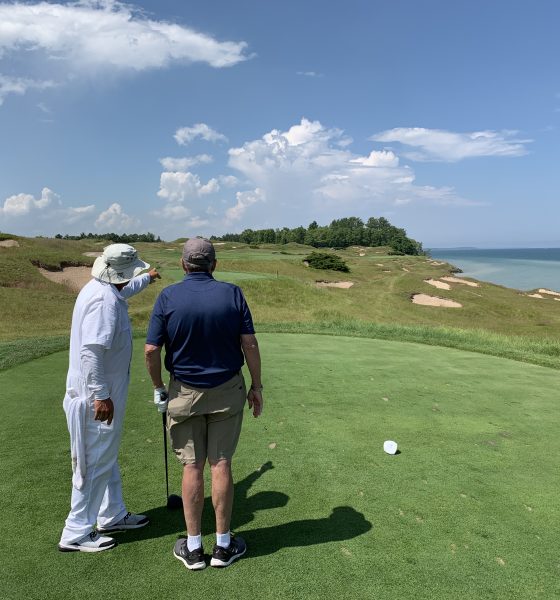
Courses
The Whistling Straits & Sand Valley Experience
I’d never been to Wisconsin. Neither had my dad. It might not be on the top of mind as a golf destination, but perhaps it should be. Ever since I heard about Mike Keiser (of Bandon Dunes fame) opening his new project at Sand Valley, I was interested. As a Bandon Dunes devotee, I knew I needed to get to Sand Valley sooner rather than later. No better time than the present.
And as I started planning this little weekend excursion to the Northern Midwest, another course quickly came to mind. Whistling Straits…host of the 2020 Ryder Cup and the PGA Championships in 2004, 2010 and 2014. I’d seen the layout and watched the course on TV countless times, and pairing the Straits with Sand Valley seemed like a perfect combination for 3 days of summer Wisconsin golf. And you know what…it was.
We flew into Milwaukee, which turned out to be a shockingly easy place to navigate and rent a car for a city of its size. No shuttle ride required, which means a ton when you are lugging around travel golf bags. From there, it’s an hour-or-so drive due north to the city of Kohler. That’s where you’ll find Whistling Straits…in all her glory.

WHISTLING STRAITS
We checked into the American Club hotel, a bigger-than-it looks building that once served as the dormitories for the workers at the nearby Kohler company factory. The entire town of Kohler revolves around the history of the Kohler Manufacturing Co., famous for its plumbing products. Destination Kohler is the hospitality arm of the company and it handles the tourism activities within the village of Kohler. The town and company trace back to John Michael Kohler, an Austrian Immigrant who began the family business in 1873 by making farm equipment. Since then, the family has operated the company and created what we see today. Herbert Kohler, grandson of the founder and avid golfer, was responsible for bringing golf to the area. The Kohler name owns both courses at Whistling Straits, The Straits and The Irish, as well as two courses at Blackwolf Run, the River Course and Meadow’s Valley. Interestingly, the Kohler family also owns and operates The Old Course Hotel, which borders the Road Hole at St. Andrews. Just an incredible family and company.
The American Club opened in 1918 and the charm has survived all of these years. The rooms are spacious, decor is dark wood and antiquitous, and several great dining options are under one roof. To be honest, I was surprised at how nice everything was. Not just the hotel or the restaurants and shops on-site, but also the town itself. Every yard and garden was perfectly maintained. It felt like the whole town took a great deal of pride it itself. It made you feel good just being there.



Lobby bar at The American Club

Horse and Plow Restaurant
My dad and I got in late on our first night but we still had time for dinner at the Horse and Plow, a casual tavern type restaurant with a sizable beer menu. The food was very much Wisconsin–cheesy and meaty and tasty. They had Spotted Cow beer, from New Glarus Brewing, on tap at the bar. I’d never tasted it before but apparently you can only get it in Wisconsin. It was pretty dang good and would serve as my beer of choice for the rest of the trip. It pairs well with the schnitzel. Pro tip.
We woke up and had coffee in the greenhouse, a coffee shop on-site in the back gardens of The American Club. The weather was perfect and everyone was sitting outside, enjoying the morning sun. We had a few hours before our round at Whistling Straights and we used it walking around the town of Kohler. This is something I highly recommend. The American Club is surrounded on two sides by Victorian-style neighborhoods. Street after street of American charm. And the stroll can take you to a nearby shopping center that is built around Wood Lake. There’s additional restaurants, shops and activities to enjoy here…including yoga on the lake and the Kohler Swing Studio and Golf Shop, full of local course merchandise. Also, this is the location of The Inn on Woodlake, another lodging option within the Kohler family.
We got back to the hotel and enjoyed the full breakfast buffet at the Wisconsin room inside the American Club. Once our legs were sufficiently stretched and our bellies full, we grabbed our clubs and waited for the shuttle to Whistling Straits, which runs on the top of the hour every hour.




Wisconsin Room Breakfast

Whistling Straits is a Pete Dye designed monster that tips out at 7,790 yards with a rating of 77.2 and a slope of 152. Par is a traditional 72 but that’s just a number. The course plays tough. The clubhouse was built in an Irish castle style, with Celtic cross windows that peer over the majestic (and somewhat frightening) 18th hole. Three flag poles frame the front entrance with the American, Irish, and Ryder Cup Flags waving proudly. There was to be no mistake that this course was a tribute to Irish links golf. The inside of the clubhouse is full of memories from the 2004, 2010, 2015 PGA Championships, the 2007 US Senior Open, and with reminders all around that the 2020 Ryder Cup is on its way as well. The pro shop is professional and first-class. Everything you’d want, they have.
A round at Whistling Straits will cost you north of $400 but twilight and super twilight rates are available for nearly half off. And the sun doesn’t go down in Wisconsin in July until 8:30 pm. So the smart play is to book a late afternoon round at a major discount. That being said, this course is a bucket lister. It ranks as the #3 public course in America in Gold Digest’s latest rankings. Sometimes you just have to pay up for one of those. And the rest of the courses out at Kohler are much more reasonably priced to complete your visit. We played on the 4th of July and honestly, the course wasn’t overly crowded at all.
Upstairs in the Straits clubhouse is the Irish Pub, a neat bar/lunch spot that opens at 11. My dad and I had a pre-round meal ahead of our late afternoon tee-time. The bratwurst sandwich was outstanding and just thinking about it now, my mouth is watering as I write this. Do yourself a favor and make this a must-order item. We sat next to a window overlooking that 18th fairway, preparing ourselves for what lay ahead.

View from Irish Pub



Clubhouse Restaurant

Straits Pro Shop

18th At Whistling Straits from back patio
We hired a caddie for this round, and I’m thankful we did. The course is as difficult as you’ve probably heard. In fact, I’d put it up there with the Ocean Course at Kiawah Island as the toughest track I’ve ever played. The wind will inevitably be blowing off Lake Michigan, which is a big deal since 14 or so holes are on the water. And thousands, literally thousands of bunkers surround this course. Pete Dye even put bunkers parallel and eye level with many of the tee boxes, certainly not in play but just a subtle reminder that there is danger to be found around every turn.
But as difficult as this course plays, it is equally beautiful. We were blessed with a clear day and the water on the lake was as blue as the Caribbean. That isn’t an exaggeration. The course felt like we were playing alongside the ocean and only the absence of seagulls and saltwater in the air reminded us that we were, in fact, in Wisconsin.




Nice drive.




The course meanders along the shore with the internal holes often sitting a few feet higher than the coastline. The views from there hide the holes in between and create a shoreline feeling even though you are a couple hundred yards from the water. Its a brilliant architectural design by Dye. The four par 3s all resemble one another…a long carry over beach, sand and tall grass with the lake either on your right or left. Two holes play north, and two play south, making the wind different for each pair. And while my description might sound repetitious, obvious, and dull, the par 3s at Straits were probably my favorite set of “short” holes on any course I’ve ever played. The holes are similar but that’s a great thing because they are all gorgeous and perfect. Obviously, each green complex is unique and the distances on each hole vary (188, 221, 163, 249!) but the theme remains the same…you stand on the tee, admire the view, figure out the wind, build up your courage and swing. I wish I could play them again right now.
Some of the internal holes are also quite scenic. It’s tough to beat the tall grass waving in the wind as a backdrop to all that green space and all those bunkers. The par-5 fifth hole is a bit too quirky for my tastes. A double bending, 600-yard hole that forces the longer hitters to either hit driver over a pond on the right to a narrow fairway, or hitting something less than a driver straight away, making it a guaranteed three-shot hole. But even that hole is beautiful.

5 green
But the best hole on the course is 18. Nicknamed “Dyeabolical” as a hat tip to the designer, the par 4 plays 520 yards from the tips. And it’s so much better from back there. A creek splits the fairway in two towards the hole and, though scenic in front of the clubhouse, 18 is the hardest finishing hole I’ve ever played. You have to keep your ball right and hope long iron is enough to find the sloping green in regulation. I was fortunate enough to walk off the green with a four on the scorecard…something I will always remember.

18 Tee – Straits



We finished off our day at Whistling with dinner on the back patio of the clubhouse. The restaurant there is high quality and several tables were full of non-golfing patrons who came just for the food. My dad and I were exhausted. Walking Whistling Straits (no carts allowed) is a tiring experience…both mentally and physically. But a glass of wine and a nice cut of meat was just what the Irish doctor ordered. A great finish to a truly world-class round of golf.
My overall takeaway: Whistling Straits is a must-play for the true golf fan. High handicappers will struggle mightily, but the experience of simply being there is worth the money once in your life. And when you pair it with the fantastic accommodations at nearby Kohler and the American Club, this place is a must visit. I’m excited to come back and see the other three courses someday….and maybe try to tame The Straits again.
Now it was time to get some sleep and then head to Sand Valley in the morning.


SAND VALLEY RESORT
The drive to Sand Valley is a bit longer this time…taking us every bit of 2 1/2 hours. But, we got to see a ton of the countryside along the way. Each road was lined with black and white dairy cows and red barns and silos. Of course, dairy farming is the state’s claim to fame and they don’t let you forget it. Cheese shops and advertisements are around every corner. My personal favorite was, of course, the “Mousehouse Cheesehaus.”
It was neat to see the state transition from cornfields and farming to pine woods and sandy soil the further we headed west. And as the pine trees grew thicker and thicker, I knew we were getting closer to the spot Mike Keiser picked out for his next great golf mecca.


Sand Valley is home to three (so far) golf courses, each one full of uniqueness and fun. The first course, Sand Valley, was built in 2017 by the design team of Coore/Crenshaw and immediately won “Best New Course of the Year” by Golf Magazine. Not to be outdone, that same award was given one year later to Mammoth Dunes, the David McLay Kidd designed course which sits just behind the main clubhouse and bar. Coore/Crenshaw were back again in May of 2018 to open The Sandbox, a 17-hole par-3 course. And you guessed it…the short course took home the “Best New Short Course of 2018” Award. Three new courses. Three awards. All within the friendly confines of Sand Valley Golf Resort.
The Sand Valley clubhouse and lodging are built in a modern farmhouse style, complete with the sleek and attractive necessities only. The rooms are spacious, the windows are large and the golf is just off the back patio. Sand Valley has several different room options but they all are within walking distance of the main clubhouse. And within that clubhouse, you’ll find the pro shop, the caddie shack, Aldo’s restaurant and the Mammoth Bar. Our room was large and on the second floor of the main building’s lodging. Our window overlooked the No. 1 teebox at Mammoth Dunes and the putting green behind the lodge, which had action on both days from 6 am to 9 pm.


Mammoth Bar


Aldo’s Farm & Table


Summer green fee rates are $215 for Mammoth and Sand Valley, but your second round of the day is 50 percent off. Sandbox costs $65. That’s not exactly cheap, but if you don’t mind walking 36 each day (I recommend it) then the price per hole goes down dramatically. And with the limited alternative options at Sand Valley Resort, playing as much golf as possible seems to be the thing to do. There is, obviously, the bar and restaurant to spend your time…and grass tennis courts are available as well if that’s your thing. But lets face it, we come for the golf. Might as well take advantage of that discounted rate for round 2 and get a couple rounds in per day.
The town of Rome, Wisconsin is near the resort and I heard several golfers make plans to travel there for dinner on some nights. As Sand Valley continues to grow, I am sure more dining options will become available but for now, you are left with only Aldo’s and Mammoth Bar as your traditional dining options. Craig’s Porch, on the top of the hill near Sand Valley’s first tee, does serve breakfast and tacos at lunch as well. But it is more or less a halfway snack house with really good tacos and an even better view.
MAMMOTH DUNES
Our first round of the visit to Sand Valley was at Mammoth Dunes. The first tee is steps off the Mammoth Bar patio and putting green, providing entertainment for all to view. The first hole really paints the picture of what to expect with this course, too. The fairway is monstrous and inviting, a slight bend up the hill surrounded by impressive sand dunes and little else. Wiry fescue does provide some natural backdrop between fairway and pine trees, but if you aren’t finding the short grass of these ginormous fairways at Mammoth, you might need to invest in a new driver. Keiser and McLay Kidd share the desire to return public golf to its Scottish roots…beautiful landscapes and strategic, yet fair golf courses. Mammoth Dunes is incredibly beautiful…and also incredibly fun.


Mammoth Bar Patio. First Tee far left.




The sheer scale of Mammoth Dunes can be a bit overwhelming. The fairways are so large, you’re tempted to swing as hard as you can and send it. But there is a course within the course at Mammoth. The ground contours are as important here as any course I’ve played, and each hole provides you with options to take the tight, aggressive line, or the safe play to a not so good angle to the green. The greens are just as big as the fairways, which only helps the confidence grow. Especially after playing a course like Whistling Straits.
Mammoth offers tremendous playability and options. It’s one of those courses I would be happy to play every day for the rest of my life. Fairways and greens, sure…but options, aggressive angles when desired and always the chance for recovery after a miss. Golf as it was meant to be, indeed.


#1 Green

There’s a hot dog/sandwich stand after the 10th hole…serving beer, water, and liquor as well. And after the climb to 10 green, it was a welcome sight. The course offers more undulation than I imagined it would. There are some tremendous elevation changes on the front 9 that provide remarkable views all the way back to the clubhouse. The course offers six different tee boxes, ranging from 6,988 yards from the tips all the way to 4,055 yards from the royal blue tees. It’s a par 73 from all tees, with three par 5s on the back nine, including the gorgeous 536-yard finishing hole to the green just below the patio tables of Aldo’s Farm & Table Restaurant.


18th green just off back patio
The par-3 13th hole might be the best on the course. Only 130 yards from the back tees, the entire hole carries over one of the most dramatic dune complexes on the course. The green, as you might expect, is large but tricky, giving protection to any pin placement on the surface. A tree creates a fear of the miss left. It’s one of those holes that widen your eyes as soon as you step on the tee.

Par-3 13th hole

13th green



The finishing stretch at Mammoth Dunes has some good opportunities to score. The 14th hole is only 325 yards from the elevated back tees, but the hole plays much shorter than that. Aim your ball well right of the green and allow the shape of the fairway to funnel your ball towards the hole. I hit my best drive of the week here but luckily missed right of my target. I walked up to the green and the group on the next tee box were applauding me. My “miss” right ended up 15 feet from the hole for eagle. Looking back towards the tee box, the hole shape really reveals itself. I am not sure it’s possible to be too far right on the fairway on this hole, as everything is going to funnel towards the green. You just need to know where to hit it…or get lucky like I did. Oh, and I missed the putt.

14th green towards tee box

18 fairway
SAND VALLEY GOLF
I knew Sand Valley was going to be a different test than Mammoth Dunes. Having played several Coore/Crenshaw designs in the past, I was well aware that the “send it” mentality wasn’t going to work on this course. The fairways, while still bigger than most, are littered with dangerous slopes, pot bunkers and awkward distances that require thinking off the tee rather than reaching for the one wood on every hole.
The first tee is a long walk or a short shuttle ride from the main clubhouse, up the hill toward’s Craig’s Porch, the cabin bar/restaurant/starter’s shack. From the porch’s patio, you can see half the holes on Sand Valley, as well as a beautiful view back down towards Mammoth Dunes and the main clubhouse. The tacos at Craig’s Porch are $1.50 and the beers are $2.00. Life is good at Sand Valley.


The course itself plays 6,938 yards from the tips and is a par 72 (35/37) layout with three par 3s on the front and three par 5s on the back. The first hole is a short par 4 at 335 yards where longer hitters can vie for the green in one. Smart play is to lay your spoon out on the right for the best angle into this green with a wedge. Danger all down the left side and and a push with the big dog will get you in trouble through the slight dogleg left fairway. And that, in a nutshell, is Sand Valley. Pick the right club off the tee first…and then make sure you hit it to the right spot.
The second hole is no different. A 431-yard par 4 with an intersection midway through the fairway created by large bunkers and an elevated second half of the hole. Driver will get you in trouble with a very narrow landing zone. But iron off the tee creates a very long approach uphill. Choose wisely. Coore/Crenshaw make you think.

Number One Tee. Green is behind my head.


Driveable 9th hole from tee box.

View of 18 Green from Craig’s Porch.

The green complexes at Sand Valley are still very much epic in size. Even on this course, which I believe is the tougher of the two Sand Valley layouts, the playability and fairness is still ever-present. Not a ton of lost balls on the property. Greens can be hit in regulation from pretty much anywhere on the hole. The bunkers are prevalent but playable. The true test is in the angles and I have a feeling it would be a much better track the second and third time you play it because you can begin to see what the choices the architects were wanting you to grapple with on each hole. If I had more time at Sand Valley, I would devote my extra rounds to this course rather than Mammoth Dunes. Use Mammoth as your “fun” round and Sand Valley as your true test of golf.



Drive-able 9th green

THE SANDBOX
And finally, the short course. The other Coore/Crenshaw design on site, the Sandbox is simply 17 holes of uninterrupted fun. And that is evident as soon as you walk to the first tee, a hop-skip-and-a-jump from the main clubhouse, and see a giant canoe filled with ice and $2 beer waiting for you. You only need three or four clubs, as the shortest holes are 50 yards and the longest is 150. Most players grab their wedges and a putter and then use the Seamus carry bags that are provided to you on the first tee.



The Sandbox allows tee times right up until sunset, with many golfers using it as a third round of the day. You can get around the course in less than two hours and the beer canoe is accessible about five times during your round. It’s a great place to unwind, hit some fun shots and get a few swings in before sunset and dinner at Aldo’s. The greens also are just as tricky as the ones you’ll find on both courses, so it’s a pretty solid place to tune your short game, too.





This was our last round of the trip. In fact, my last full swing was a 100-yard sand wedge to 12 feet on 17 at the Sandbox. I didn’t even attempt the putt. The ball was purely struck and it was a ton of fun watching it land close to the hole and stay there. And that’s what golf at Sand Valley is supposed to be…fun. It’s not just about scoring well or making birdies…even though that’s always fun, too. It’s about enjoying the walk. Drinking a beer and then hitting your shot. Taking a look around at the beauty of the land and being thankful for a wonderful game. Golf, as it was meant to be, is about enjoyment. And if you are a true golf fan, it’s hard not to enjoy yourself at Sand Valley.
Three days of golf in Wisconsin and we played one of the toughest, most beautiful courses in the world at Whistling Straits. Then we followed that up with three rounds of pure enjoyment golf at Sand Valley, Mammoth Dunes and the Sandbox. If I didn’t believe it before, I believe it now…Wisconsin is a golfer’s paradise.
If you want to hear more about my experience, have questions, or want help planning an experience of your own, tweet at me here @FWTXGolfer or message me on Instagram here! I look forward to hearing from you!
Courses
Ryder Cup 2025: Crossing to Bethpage – NY state park golf, part 3
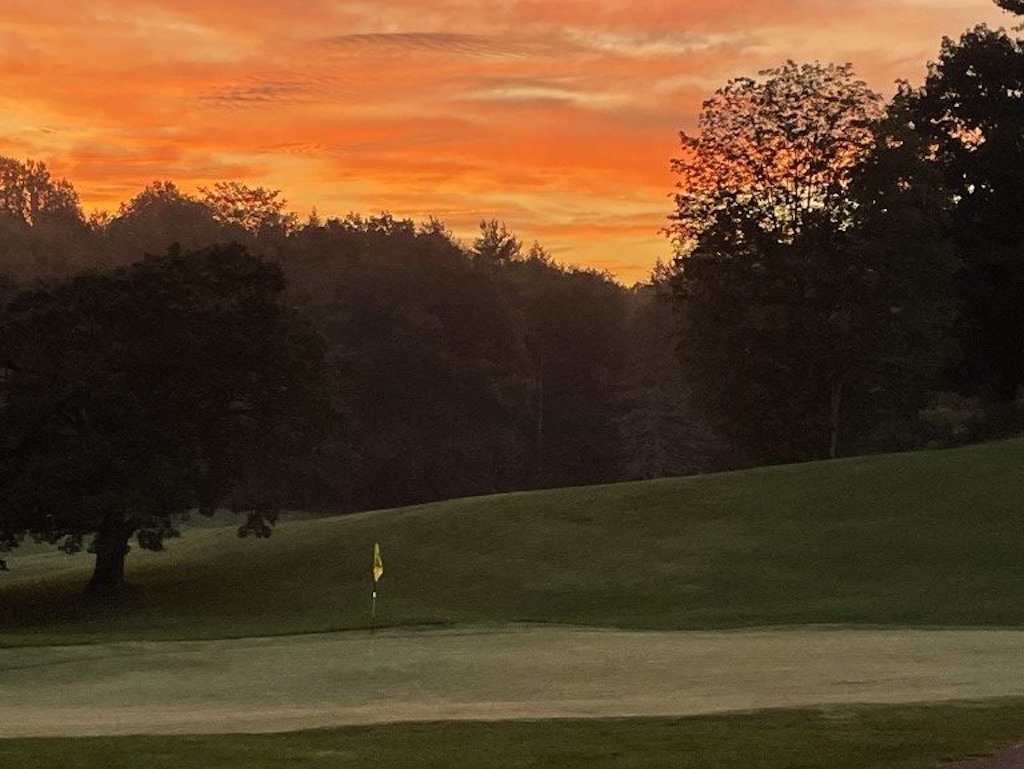
The history of the acquisition of lands for state parks and properties is a varied one across the Empire State. The first state park, Niagara Falls, was established in 1885. Many of us locals would love to have a scenic golf course located on Goat Island, with holes that ease their way next to Horseshoe, Niagara, and Bridal Veil Falls. We do understand, however, that the parkland is better suited to accessibility by and for all residents and visitors.
Work on state parks, especially the introduction of golf courses, ramped up in the 1930s, thanks to President Franklin Delano Roosevelt’s Civilian Conservation Corps and Works Progress programs. The state continues to acquire lands today, to preserve open spaces and critical habitats. For the golfing faithful, the 24 state-owned golf course properties offer affordable and accessible municipal golf.
The birth story of the 24 golf courses has the following chronology:
Battle Island – 1919
Sag Harbor – 1926
Bethpage Green (as Lenox Hill) 1923; Blue and Red – 1935; Black – 1936; Yellow – 1958
Green Lakes – 1935
Saratoga Spa – 1936
James Baird – 1948
Wellesley Island – 1960
Dinsmore – 1962 (18 hole expansion)
Sunken Meadow – 1962 (18), 1964 (third 9)
Soaring Eagles – 1963
Indian Hills – 1964
Beaver Island – 1965
Chenango Valley – 1967 (18 hole expansion)
St. Lawrence – 1967 (18 hole expansion)
Montauk Downs – 1968 (current design)
Rockland Lake – 1969
Robert Moses Pitch and Putt – 1970
Bonavista – 1970
Springbrook Greens – 1995
From the golden age of the early 1900s to the end of the last century, the courses of the New York State park system grew from one to many. Some (Lenox Hills) were adopted into the system, while others (Chenango, St. Lawrence, Dinsmore) expanded from nine to eighteen holes. What does the 21st century hold? That’s a tough question to pose, much less answer, but it concludes its first 25 years with one of the most notable golf competitions on the planet, at its flagship park.
It’s easy to divide the 19 parks that host golf courses into regions, but much more challenging to build a tour. Our second trip, to keep the disappointment to a minimum, was scuttled. Simply not enough vacation time for this working stiff to make a trip along Lake Ontario and into the Adirondacks. I’ve played enough golf in the North Country, however, to know how special those upper region layouts are.
Battle Island
From Mary Gregg and the NYS Parks website, we learn a nice amount about Battle Island. Ms. Gregg offers these insights:
“This park derived its name from a battle which took place on a nearby island on the Oswego River in the mid-1700s. In 1916 most of the land owned by F. A. Emerick was deeded to the state. Battle Island officially became a state park in 1938 when the remaining land was turned over. The popular course near Fulton lies adjacent to the Oswego River and offers golfers magnificent views from a number of its
fairways and greens. The 18-hole Battle Island State Park Golf Course is a challenging one for the budding professional and amateur player.“From my own experience working at both Green Lakes and Bethpage; Battle Island is a short course but a challenging one. We don’t have any bunkers on the course, but the greens are quite challenging, hard to find many flat areas for pin placements. The views of the Oswego River are quite manificient throughout the season and bring a variety of wilflife throughout the season as well.”
As a youth, I heard tales of Battle Island’s brief but fierce layout from an uncle, an alumnus of the city’s state university campus. Short hitters have nothing to fear at Battle Island, but the wayward driver of the ball should certainly have a long day over the golf course.
Dinsmore
Dinsmore was expanded to 18 holes in 1962. Tom Buggy penned an insightful history of the course for the Staatsburgh State Historic Site, and we are happy to link it here. The course is the northernmost state park layout along the Hudson River, located in Hyde Park, the retreat of President Franklin Delano Roosevelt.
The history of Dinsmore is an interesting, curvy one. The original nine holes on property were a collaborative affair, built on 1890s land shared by three prominent area families. Known then as the Staatsburgh golf club, the daughter of the original designer would eventually donate the land to New York State, establishing the park that includes the adjacent historic homesite. An additional nine holes were added to the property in 1962. Two years later, the original holes were rerouted to form the current back nine, along the southern portion of the property.
Rockland Lake
The Rockland Lake State Park golf course could be forgiven for the occasional bout of envy. It sits in a neighborhood occupied by some of the mid-Hudson River’s finer private clubs. A half mile away is Paramount Country Club, an A.W. Tillinghast design. Tilly is also credited with the majority of the design work at Bethpage Black, a credit that he shares with Joseph Burbeck. Across the great river sits Sleepy Hollow Country Club, whose lineage involves work by Tillinghast, but mainly from C.B. Macdonald and Seth Raynor. And on and on.
In its origin days, Rockland Lake was used as a natural ice factory by the Knickerbocker company. So pure was the ice that emanated from its waters that the lake supplied much of New York City in those pre-home electricity days. In this new millennium, Rockland Lake plays host in summer months to many of the area’s golfers. Despite its proximity to the waters of the lake, a pond, and the river, none of the holes is within a mighty strike of the wet stuff.
Rockland Lake’s full-size course was designed in the 1950s by David Gordon, a well-traveled, regional architect from eastern New York and Pennsylvania. The big course sits on the northern end of the park. The property also boasts an 18-hole short course, located in the shadows of Hook Mountain, south of the lake that gives the park its name.
Saratoga Spa
Location is often everything. When your golf course is located not only inside a state park, adjacent to a popular performing arts center within the confines of the park, and a nearby, world-famous horse racing track, you have potential for a popular spot. Saratoga Spa’s original golf holes opened in the 1930s, although no architect is given credit for the design. In the late 1950s, William Mitchell did an overhaul of the layout, expanding it to the trace that is in the ground today. During the mid-2010s, Barry Jordan, another regional architect, came in to rebuild the entire 10th green and upgrade bunker drainage throughout the golf course.
Saratoga Spa boasts a testing, 18-hole layout that stretches beyond 7,000 yards. Alongside is a short course, with seven par-three holes and two par-fours. The course features a new fleet of motorized carts with GPS monitors, ensuring that golfers know where they stand at all moments of the round. In addition to the golf course, nearly a dozen natural springs flow through the Saratoga Spa Park. A large pool complex for recreation completes the park’s offerings.
Springbrook Greens
Alan Tomlinson may be the Hayden “Sidd” Finch of golf course architecture. He completed Springbrook Greens in 1995 … then disappeared. Nothing more is known about him, and no other courses bear witness to his skills as a router of golf holes. Springbrook Greens tips out at 5,800 yards and finds itself close to Lake Ontario’s southern shore. If you drew a vertical ray to the south, it would drop a bit west of Syracuse. It’s not much away from Battle Island, so there are a few state courses within a brief drive of each other, in this part of the state.
Springbrook Greens had an interesting first quarter-century of life, then COVID hit, and like many places, things went a bit off path. Fortunately for the region and its golfers, the Randall family leased the course from New York State Parks (much like Bonavista in an earlier step of this series) and brought the course back from a near-death experience. It’s pretty easy for a course to go astray, especially when basic maintenance elements break down. Among the images in the gallery, one will stand out for its lack of grass. Ron Randal tells the story like this:
“This was the 10th green in December the year before I took over. This was the worst but many had large spots that looked like this. I assumed it was a lack of proper maintenance but what I didn’t realize was that a lot of it was just irrigation heads that didn’t work or didn’t work right. This one was missing a head so the front 2 didn’t work at all and of the back 2 only one worked properly. Thank god it was a fairway head or there would have been no grass left at all.
“I assure you it looks better now.”
According to Randall, the fairways are back to what any destination course might offer. Putting surfaces have been expanded back to their original widths, offering a great many hole locations for diversity. Collars around each green and run-up areas have also been added to the course. The course spreads out over nearly 200 acres, is home to diverse, multitudinous wildlife, and amazing views.
Current projects include the rebuilding tees and the addition of back tees, to stretch the tips a bit. Trees have been pruned to allow sun to reach the most sensitive, grass-growing areas (greens and tees). If there ever was a look-at-us-now project among the panel of NYS Park golf courses, Springbrook Greens would give all others some stiff competition.
Saint Lawrence
The St. Lawrence state park course, a nine-hole affair across a wee road from the eponymous seaway, might nip Beaver Island (near Buffalo) for the Closest To Canada prize. The layout sits barely across a road adjacent to the shoreline, less than a mile from Ontario’s beaches. Since the STLS is a bit thinner than the mighty Niagara, it appears that the award goes to St. Lawrence.
St. Lawrence State Park Golf Course is a stand-alone feature, made up simply of a golf course. It was a privately owned layout for many years, near the city of Ogdensburg. The state purchased the acreage in the 1960s and leases the course to it present owners. The St. Lawrence course is a tiny, tidy experience, essentially a series of nine, straightish holes, the fairways are interrupted by the occasional crossing appearance of a wee burn, in the Scottish tradition.
From our inside folks at the course, we received this batch of intel:
“The Ogdensburg Golf Club was started in 1919 by a group of five Ogdensburg area golfers as a private golf and social club. Stock was issued to the original five investors and golfing privileges were obtained by the payment of annual dues to the club. The 151acre golf club, which consisted of five holes along the St. Lawrence River and four holes across New York State Route 37 were sold to New York State on December 18, 1967.“The State of New York had plans to develop the remaining land into an 18-hole golf facility but those plans never came to fruition. The St. Lawrence State Park Golf Course was operated by New York State Parks until May of 2011 when it was leased to Golf Services, Inc. of Wellesley Island, NY.”
Wellesley Island
In the words of Peter McDermott, manager at the Wellesley Island State Park Golf Course, “(It) is a relatively short 9-hole course at 2,695 yards par 35 but the greens are tight and rewards the accurate shot. Some of the more notable holes are two very challenging par 4’s, two drivable par 4’s and two scenic par 3’s. For an added bonus, enjoy the captivating views of the St Lawrence River!”
Unlike its upstream neighbor at St. Lawrence State Park, Wellesley Island sits on the northern bank of the river, but still within the confines of New York State and the USA. The Wellesley course occupies a massive meadow, confined by trees but not defined by them. Rather than build a traditional, tree-lined fairway sequence common to the north country, Wellesley channelled the British Isles tradition of a wide open space for golf.
With one chapter remaining in our story of New York State Parks golf courses, we’re nearing the sad yet proud end to our journey. Still to come is the Long Island sojourn, followed by the Ryder Cup competition itself, at Bethpage Black.
Crossing to Bethpage Part One: Green Laks, Beaver Island, James Baird, the Bethpage Five
Crossing to Bethpage Part Two: Soaring Eagles, Chenango Valley, Indian Hills, Bonavista
Crossing to Bethpage Part Three: You just read it!
Courses
The BEST hidden gem links courses in the UK & Ireland
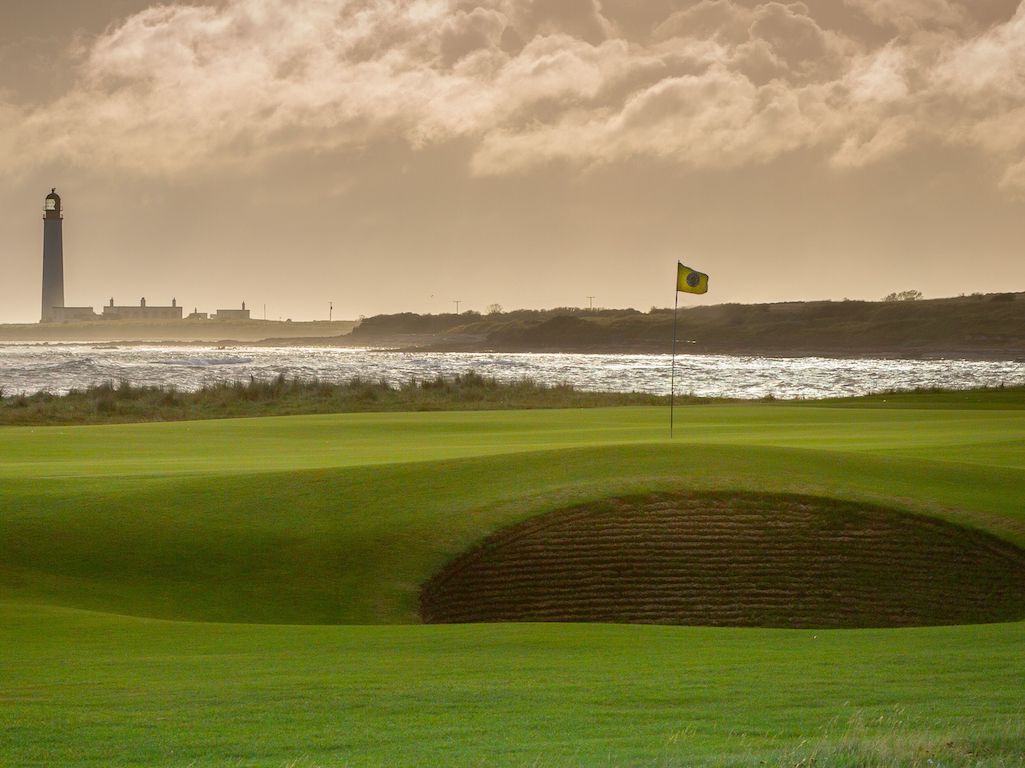
Another Open Championship has come and gone and links golf was once again in the spotlight at Royal Troon! For those who have never played a links course (like myself), it sparks a desire to fly across the pond to experience it for ourselves. While a golf trip to the UK or Ireland is a bucket-list item, most people look to play the big-name courses (Old Course, Carnoustie, Lahinch, Royal Portrush,etc.), but don’t realize they can get a similar experience by traveling to some of the lesser known destinations where you will find some of the purest links courses in the world. With this in mind, here are our picks for the best hidden gem links courses you should play when you book a UK or Ireland trip:
IRELAND
We start our list off with a 36-hole club in the Northwest of Ireland, a remote area of the Emerald Isle that is known for its rugged terrain and spectacular scenery. Bordering the Wild Atlantic Way, Ballyliffin is relatively newer (est. 1947) but offers golfers one of the purest links golf experiences anywhere in the country. While not easy to get to, the two courses onsite (Old and Glashedy) are well worth the travel with large dunes shaping the fairways that overlook the North Atlantic Ocean and a myriad of pot bunkers everywhere you look. Even Rory McIlroy believes that “Ballyliffin’s two courses are a must play on any golf trip to Ireland.” and we tend to agree.

How to incorporate Ballyliffin in a golf trip:
Stay:Ballyliffin Lodge, Hotel & Spa
Play: Old Links & Glashedy Links at Ballyliffin, and Old Tom Morris Links or Sandy Hills Course at Rosapenna
The next course on the list is in the Sligo area of the Northwest where we find Enniscrone, roughly 3 hours (by car) south of Ballyliffin. Like many links courses, Enniscrone was originally a 9-hole course when it was opened in 1918 before an additional 9 holes were added 12 years later. In 1970, Eddie Hackett was tasked with redesigning the course to help the two 9-hole courses flow effortlessly into one 18 hole layout. A big feature that can be seen throughout your round here are the towering dunes that shape the course and protect some holes from the ocean winds. Built right out of the landscape of the dunes bordering the sea, the course has a lot of undulation in the fairways and greens with some elevated tee boxes providing unreal views of the natural land.

How to incorporate Enniscrone in a golf trip:
Stay: The Glasshouse Hotel, Sligo
Play: Enniscrone, County Sligo, and Donegal
Additional Courses: Strandhill, Carne, and Narin & Portnoo
Another fantastic gem on the Northwest coast of Ireland is the NEW (2020) St. Patricks Links at Rosapenna Hotel & Golf Links. The land was purchased back in 2012 which was already a 36-hole facility and Tom Doak was brought in to reimagine the property to the layout it currently is today. Large sand dunes shape the front 9 holes before heading back through some more subtle dunes back towards the clubhouse. The course offers elevation changes with some tee boxes sitting atop the dunes offering spectacular views of Sheephaven Bay and beyond. With two other courses and a fantastic hotel on property, this destination is all you could ever ask for.

How to incorporate St. Patricks in a golf trip:
Stay: Rosapenna Hotel & Golf Links
Play: St. Patrick’s Links, Sandy Hills Course , and Old Tom Morris Links (all at Rosapenna)
For our last hidden gem in Ireland, we head 30 minutes north of the country’s capital, Dublin, to The Island Club. Built along rugged terrain and the highest sand dunes on the east coast of Ireland, the Island Club is situated on a small peninsula surrounded by water on three sides providing a difficult challenge, especially with the winds. Founded in 1890, the Island Club continues to be ranked in the Top 10 courses in Ireland and has held some Amateur Championships and Open Championship Regional Qualifiers.

How to incorporate The Island Club in a golf trip:
Stay: The Grand Hotel, Malahide
Play: Island Club, Portmarnock Old, County Louth
Additional Courses: Royal Dublin
SCOTLAND
Located along “Scotland’s Golf Coast” of East Lothian is where we find the classic links of Dunbar. Opened in 1856 with only 15 holes, this is one of the many courses in Scotland that Old Tom Morris had a hand in crafting. Laid out along rocky and rocky terrain, the course is only 6500 yards long and while not long by modern standards, the course requires shot making and proper club selection to play well. The course has held many national and international tournaments including a few rounds of The Open Final Qualifying.
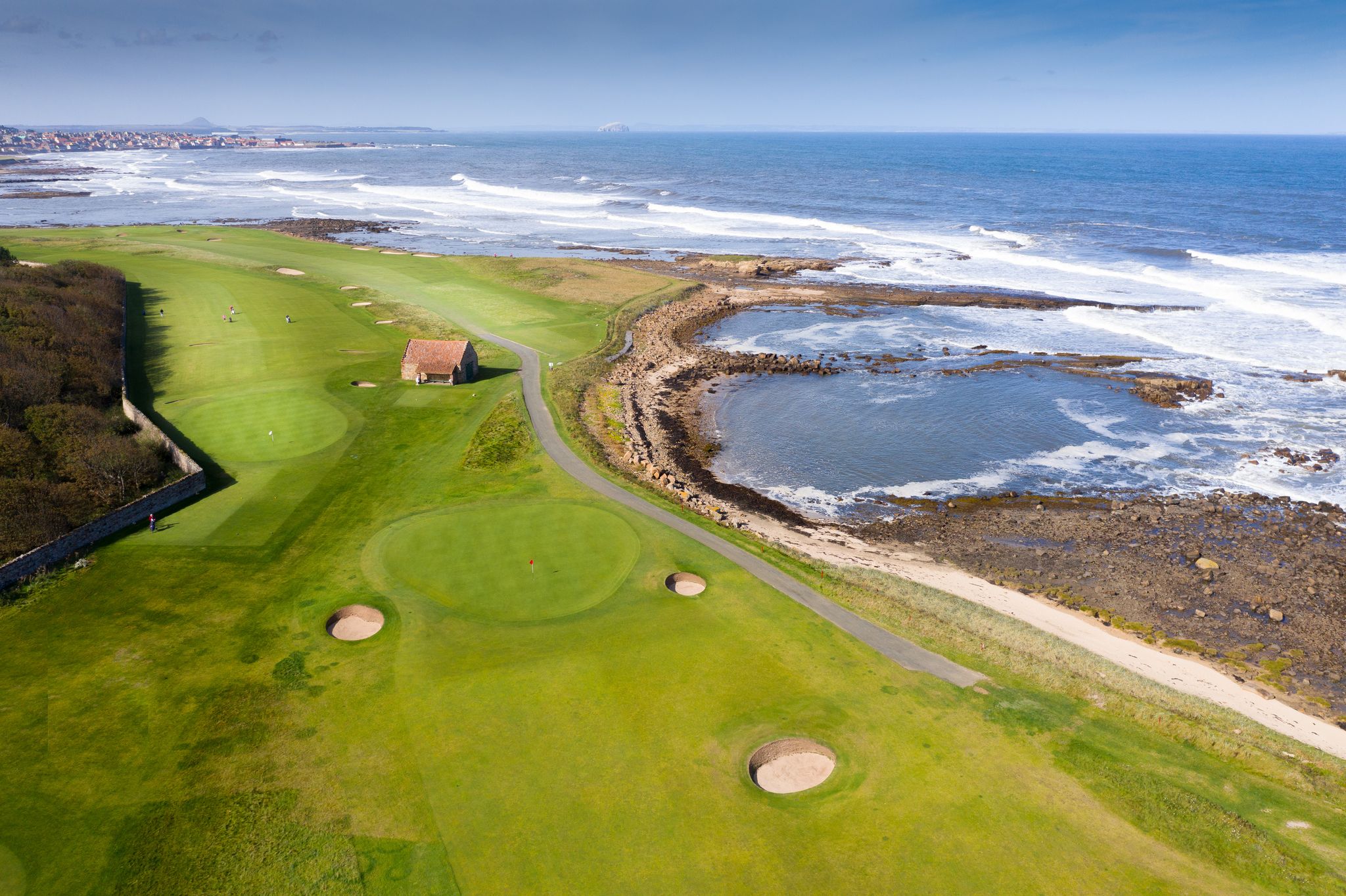
How to incorporate Dunbar in a golf trip:
Stay: No. 12 Hotel & Bistro
Play: Dunbar, Gullane (No.1), North Berwick
Additional Courses: Craigielaw, Kilspindie, Gullane (No.2, No. 3)
The next course on our list brings us to the Scottish Highlands, one of the lesser traveled destinations in Scotland, but still home to some amazing links courses including Cruden Bay! Located 25 miles north of Aberdeen on the east coast of the Highlands, Cruden Bay was opened in 1899, although history would indicate golf has been played at the property since 1791. Another Old Tom Morris design, the course is consistently ranked in the Top 25 of courses in Scotland and it is easy to see why. At only 6600 yards, it is relatively short, but the natural lay of the land provides elevation changes, punchbowl greens, and some large, 3-story high dunes that offer spectacular views for a classic links experience.

How to incorporate Cruden Bay in a golf trip:
Stay: Leonardo Hotel Aberdeen
Play: Cruden Bay, Trump International Links, Royal Aberdeen
Additional Courses: Murcar
We head back to the Highlands just north of Dornoch to where we find Brora Golf Club. Similar to a lot of links courses, Brora opened as only 9 holes in 1891, but that only lasted for 9 years before an additional 9 was added in 1900 before a James Braid redesign in 1924. At just over 6200 yards, this is one of those courses that will make you appreciate links golf in Scotland with cattle and sheep roaming freely around the property. The course is a typical links routing with the front 9 going out and the back 9 coming back to the clubhouse. The defense of the course is the wind (naturally), but the greens are relatively small with pot bunkers standing guard to catch errant approach shots.

How to incorporate Brora in a golf trip:
Stay: Royal Golf Hotel, Dornoch
Play: Brora, Royal Dornoch – Struie & Championship
Additional Courses: Golspie, Tain
Staying in the Scottish Highlands, the last Scotland links gem on the list is just outside of Inverness at The Nairn Golf Club. The narrow fairways are fast and firm leading to decent sized, tricky greens that roll true, but are guarded by devious pot bunkers. The first seven holes play right along the water and with not a ton of elevation changes, spectacular views across the Moray Firth can be seen throughout the course. With fantastic course conditions throughout the season, this fantastic links is an absolute must-play when visiting the Highlands.

How to incorporate Nairn in a golf trip:
Stay: Kingsmills Hotel, Inverness
Play: Nairn, Castle Stuart (Cabot Highlands), Fortrose & Rosemarkie
Additional Courses: Nairn Dunbar, Moray

Golfbreaks by PGA TOUR highly recommends you start planning your trip across the pond AT LEAST 12-18 months in advance in order to secure tee times and hotel rooms over the dates you desire. With more and more people taking up the game of golf, these bucket list trips have already become extremely popular and will continue to gain interest so make sure to start planning early!
RELATED: Open Championship courses you can play (and when the best time to book is)
Editor’s note: This article is presented in partnership with Golfbreaks. When you make a purchase through links in this article, GolfWRX may earn an affiliate commission.
Courses
Open Championship courses you can play (and when the best time to book is)

The final major of 2024 is nearly here as the top golfers head to Scotland’s southwestern coast to battle for the claret jug at Royal Troon. Golf’s original major dates all the way back to 1860 and has been played at 14 different courses throughout the United Kingdom (yes, this includes Northern Ireland) providing countless memories including celebrations, heartbreak, and unique moments that will never be forgotten (looking at you Jordan Spieth).
With The Open teeing off less than a week from now, we wanted to highlight some of The Open Championship’s finest links courses that should play when you make the journey to golf’s homeland:
- Old Course at St. Andrews
- Carnoustie
- Muirfield
- Royal Portrush
- Royal Troon
- Royal Birkdale
- Royal St George’s
Old Course at St. Andrews

Do we even need to say anything else? The “Home of Golf”, host of 30 Open Championships, the most coveted tee time in the WORLD, there are a million reasons to have St. Andrews on your links golf bucket list. From the double greens, to the tee shot over the Old Course Hotel, to the walk up 18th fairway with the town buildings framing a picturesque scene (especially at dusk), every golfer should make the voyage to St Andrews at least once in their life.

Carnoustie

Carnoustie – Championship Course
Roughly 25 miles north of St. Andrews lies the devious links of Carnoustie, often recognized by the large white Carnoustie Golf Hotel as the backdrop of the 18th green. While the course has only hosted The Open 8 times, it is considered to be one of the hardest layouts in The Open rota (just ask Jean Van de Velde) although not that long, playing just under 7000 yards from the tips.
Muirfield

Located right next to this week’s host of Scottish Open (The Renaissance Club), this fantastic links layout has hosted the prestigious Championship 16 times since 1892. The narrow fairways and penal rough requires precise shots off the tee while avoiding the devious pot bunkers is a must. The course is set away from the coastline so you won’t get the sweeping ocean views, but a round at Muirfield is one the premier tee times in all of Scotland (so make sure you book early – 12-18 months at least).
Royal Portrush

A view of the new 572 yards par 5, seventh hole designed by Martin Ebert on the Dunluce Course at Royal Portrush Golf Club the host club for the 2019 Open Championship in Portrush, Northern Ireland. © 2018 Rob Durston
Our next stop brings us across the Irish Sea to the northern coast of Northern Ireland and the popular Royal Portrush. Having hosted The Open only twice in its illustrious history, Royal Portrush is a golfer’s dream with 36 holes of pure links golf set against a gorgeous backdrop of the ocean and cliffs. The Open Championship will return to Portrush in 2025 and YOU CAN BE THERE to watch it all in person!
Royal Troon

TROON – JULY 26: General view of the ‘Postage Stamp’ par 3, 8th hole taken during a photoshoot held on July 26, 2003 at the Royal Troon Golf Club, venue for the 2004 Open Championships, in Troon, Scotland. (Photo by David Cannon/Getty Images)
The host of this year’s Open Championship, Royal Troon is home to one of the best par-3 holes in all of golf, “The Postage Stamp.” A downhill 125-yard tee shot to a minuscule green surrounded by bunkers on all sides makes it one of the more challenging holes. Another hole that adds to the challenge is the 601-yard par 5 that used to be the longest golf hole in Open Championship history. This year will be the 10th Open Championship held at Royal Troon, the first since 2016 when Mickelson and Stenson had a battle for the ages in the final round.
Royal Birkdale

For the next course on the list, we have to head down to the northwest coast of England just outside of Liverpool. Consistently ranked in the Top 10 courses in all the UK, this 10-time host of The Open has hosted many other prestigious events such as Ryder Cups, Women’s Opens, and more! The course is laid out with fairways running through flat-bottomed valleys surrounded by high dunes which provide many blind shots throughout the course. The Open returns to Royal Birkdale in 2026 so it won’t be long before it is back in the spotlight.
Royal St. George’s

For the final course on our list, we are staying in England, but heading across to the southeastern side of the country to Kent. Royal St. George’s is 4th on the list of most Open Championships hosted with 15 (1 behind Muirfield) the most recent being Collin Morikawa’s victory in 2021. RSG is the only active course on The Open rota in this part of the UK, but two former hosts (Prince’s and Royal Cinque Ports) are within 3 miles of the property. The expansive course is laid out with holes separated by dunes with heavy rough, undulating fairways, and deep pot bunkers to challenge your game. While it may not be mentioned in the discussions of St. Andrews, Carnoustie, and the like, Royal St. George’s is still a Championship layout that is worth the trip across the pond.

With these big-name courses in such high demand, it is important to note that if you want to play them, you need to start planning your trip early. Golfbreaks by PGA TOUR, the world’s #1 rated golf tour operator, suggests planning and booking your trip at least 12-18 months in advance in order to secure a tee time at the courses you want. The UK & Ireland specialists at Golfbreaks by PGA TOUR have the knowledge to help tailor the perfect golf trip for your group so you can play big-name courses and hidden gems you might not have heard of. If you’re ready to start planning your bucket list trip across the pond, make life easier and go with Golfbreaks by PGA TOUR.
Editor’s note: This article is presented in partnership with Golfbreaks. When you make a purchase through links in this article, GolfWRX may earn an affiliate commission.














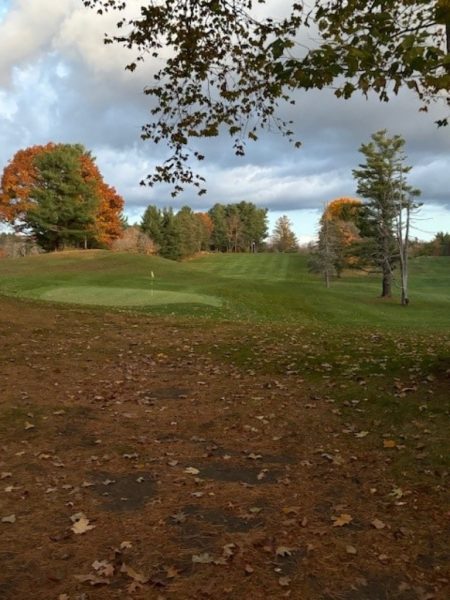
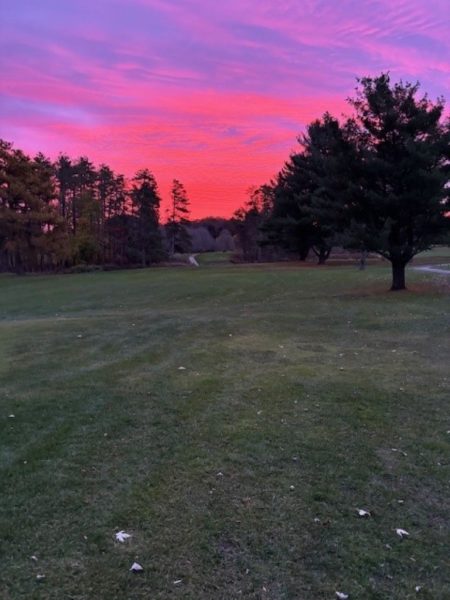
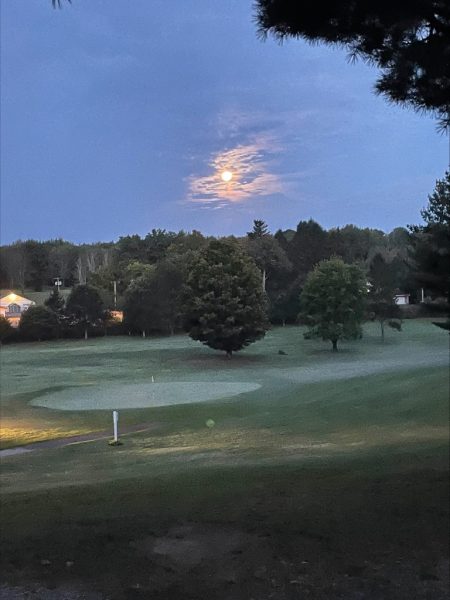
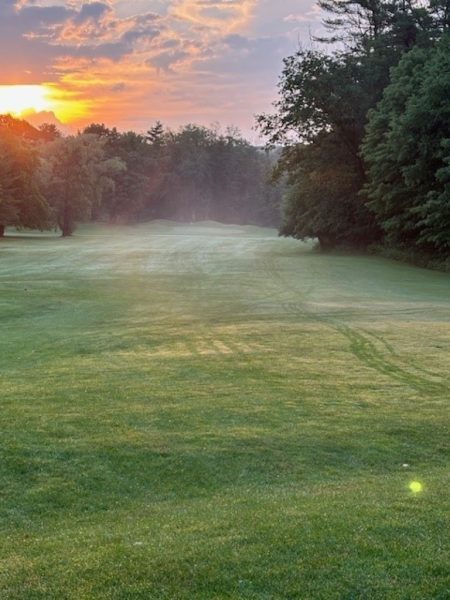
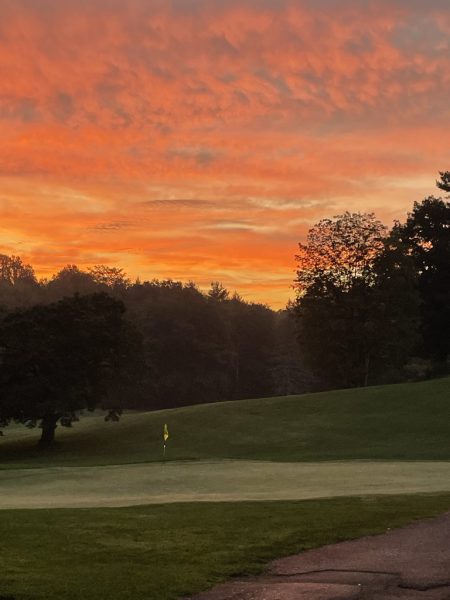
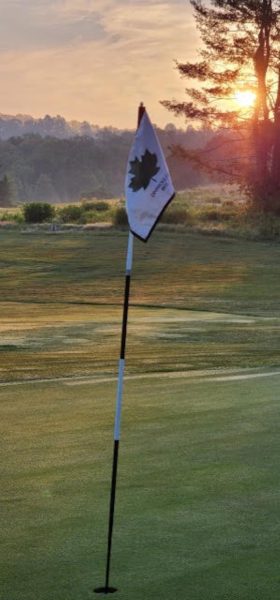
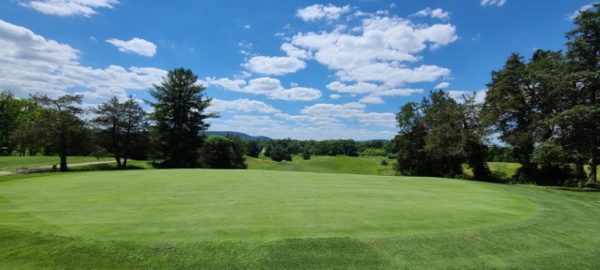
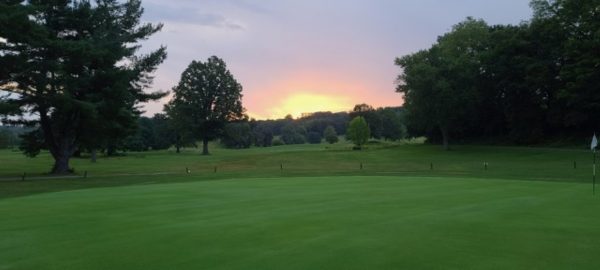
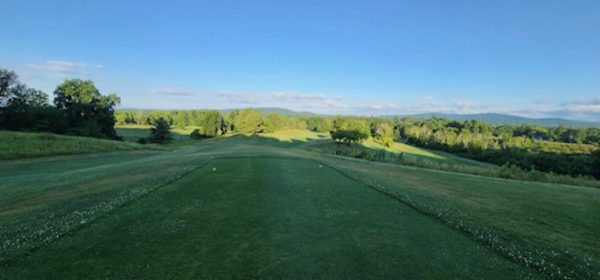
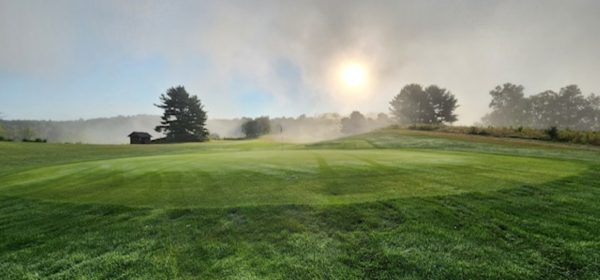
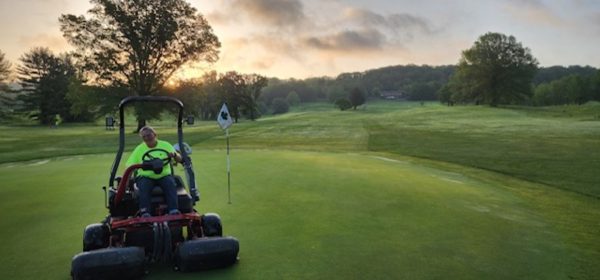
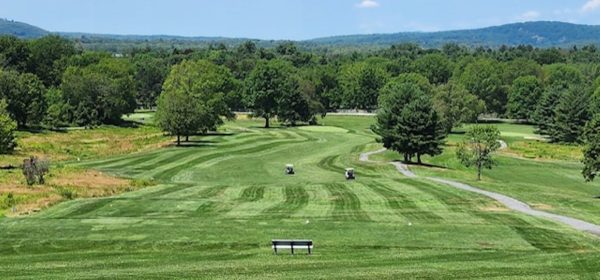
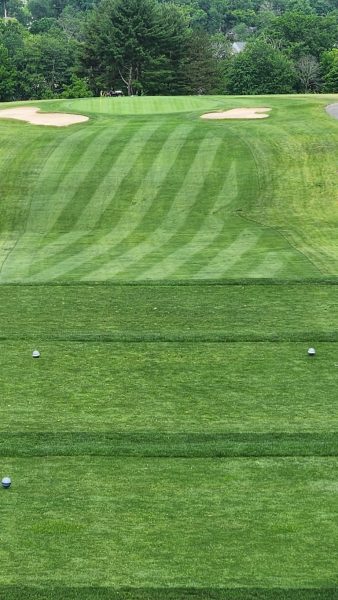

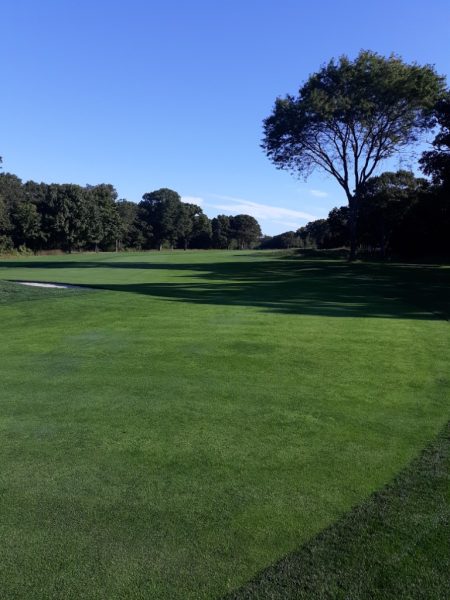

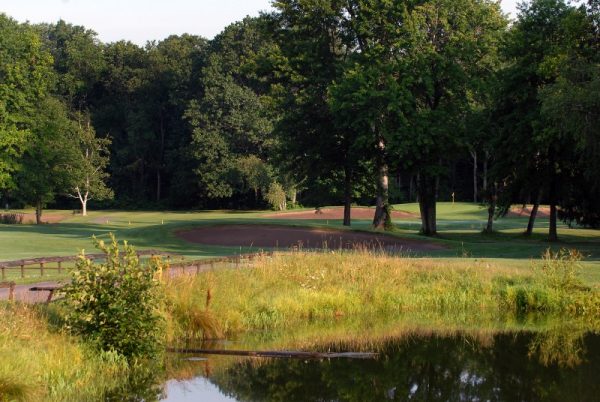
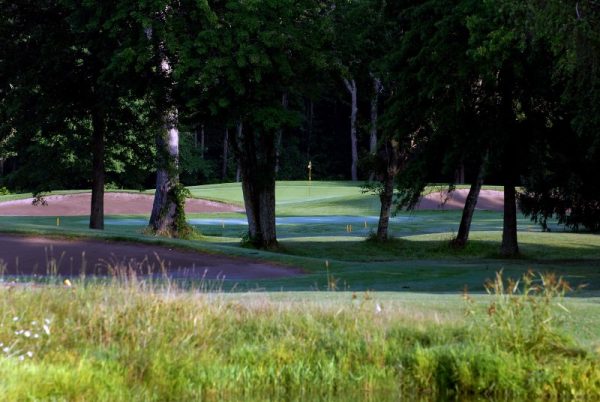
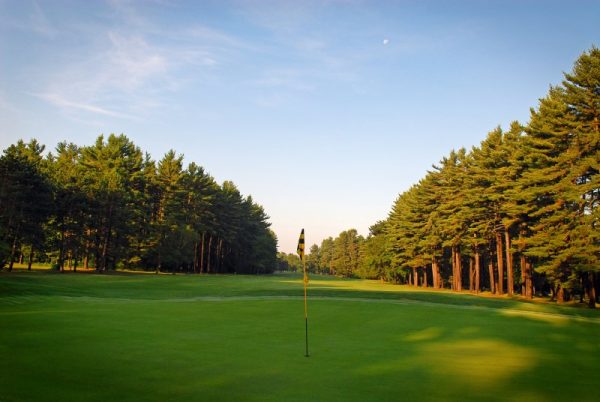
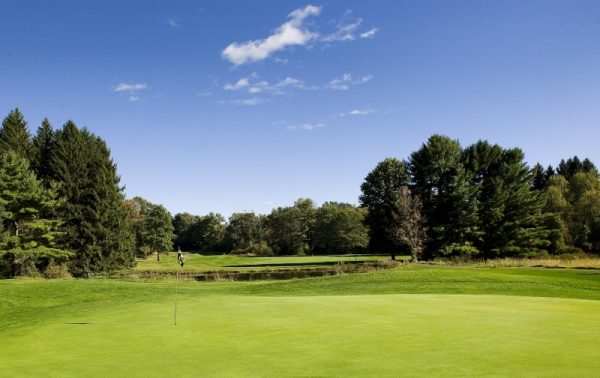
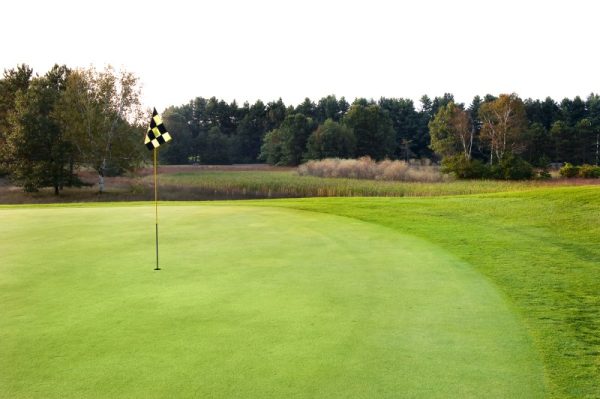
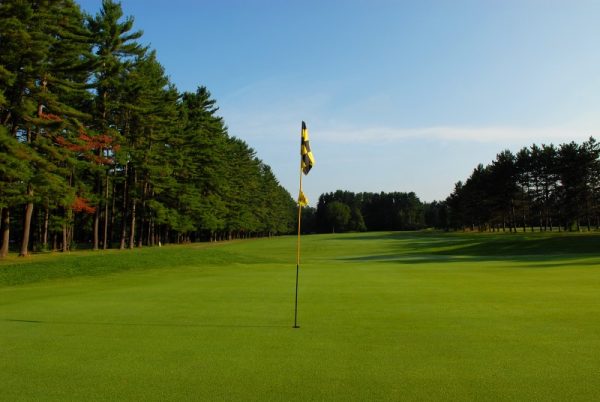
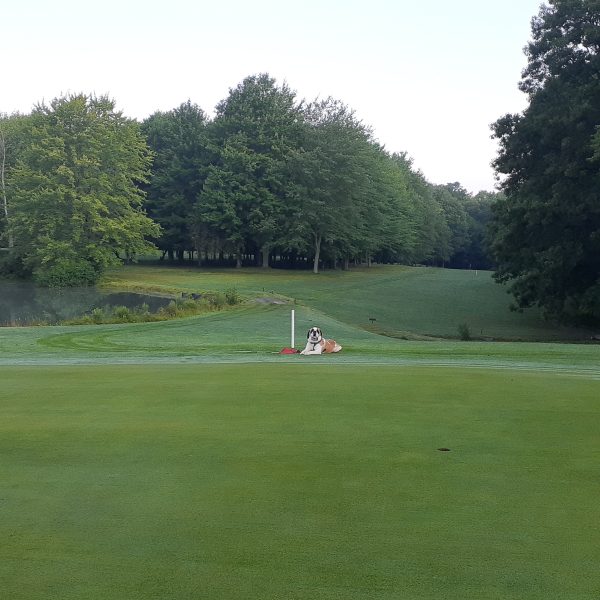
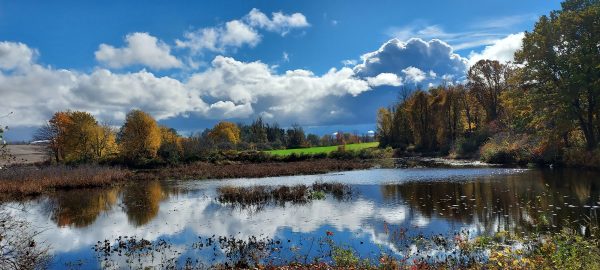
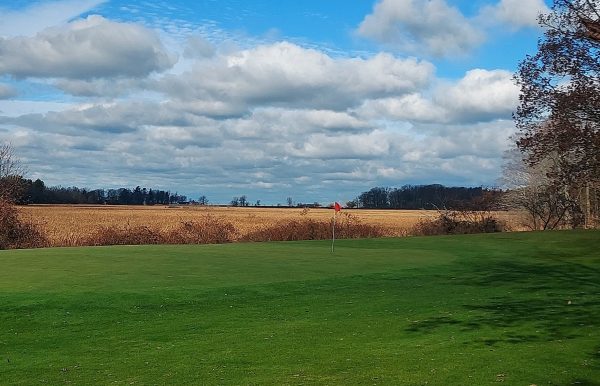
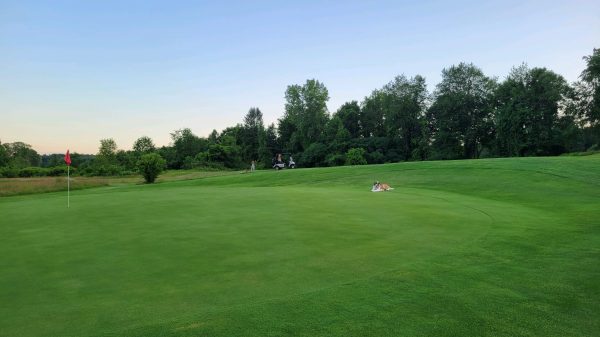
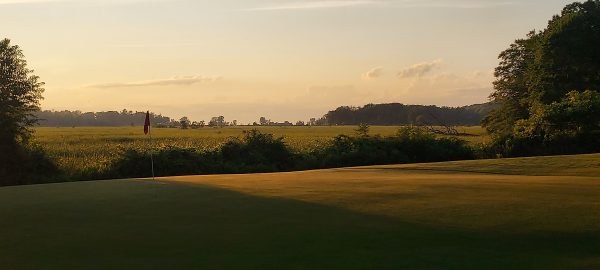
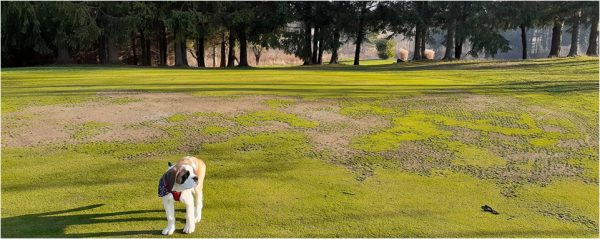
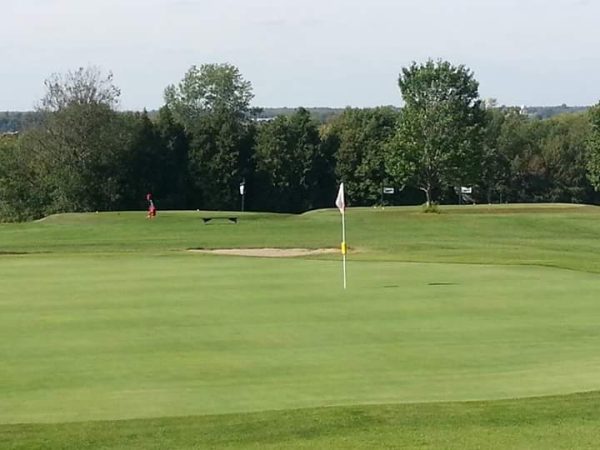
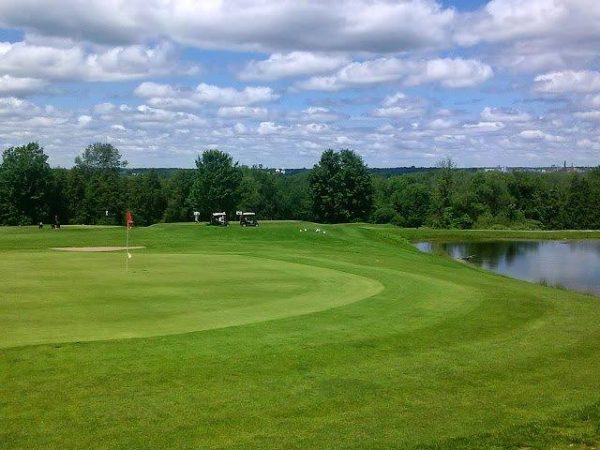
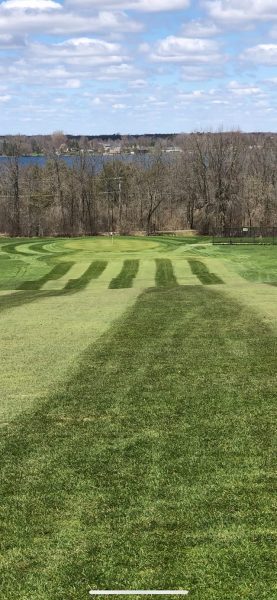

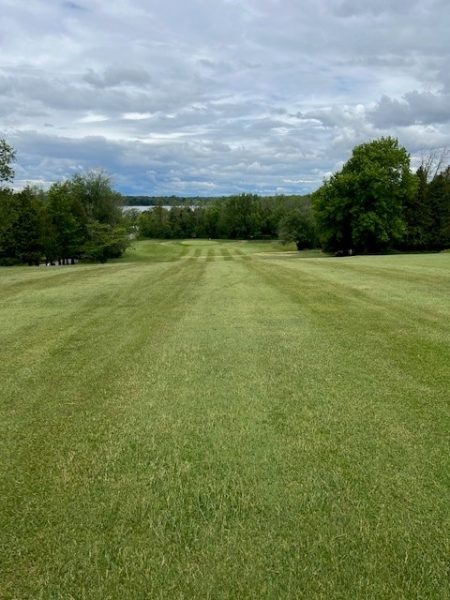
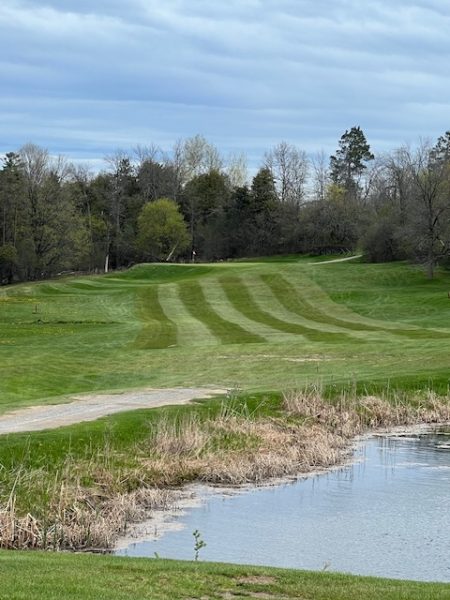
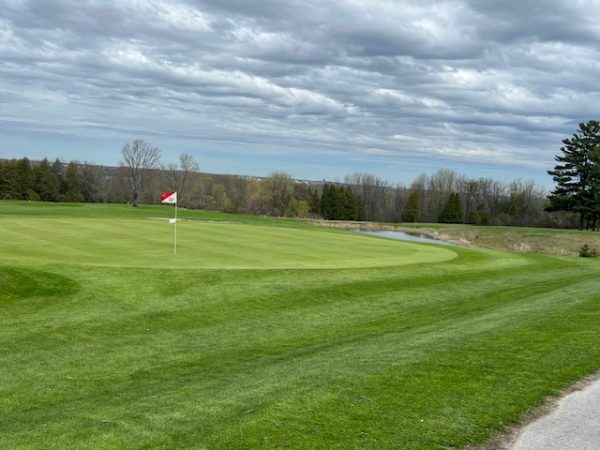
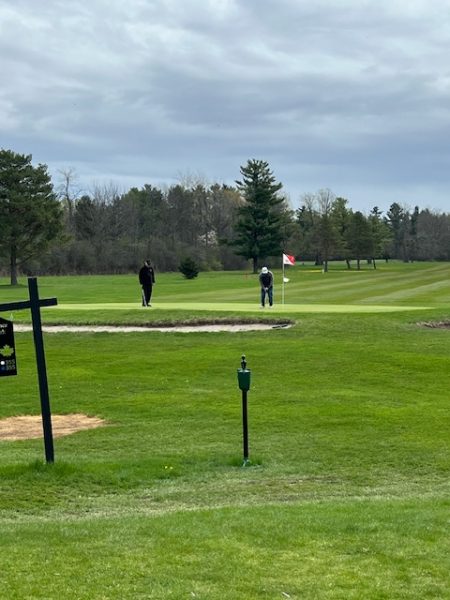
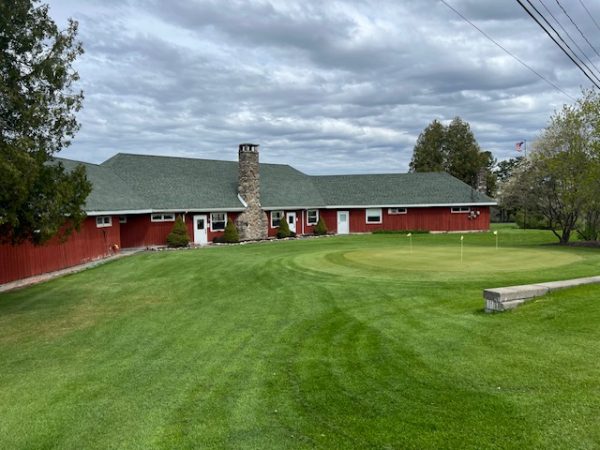
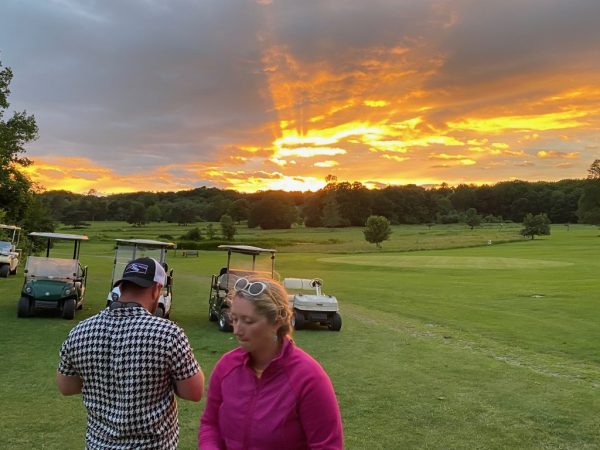
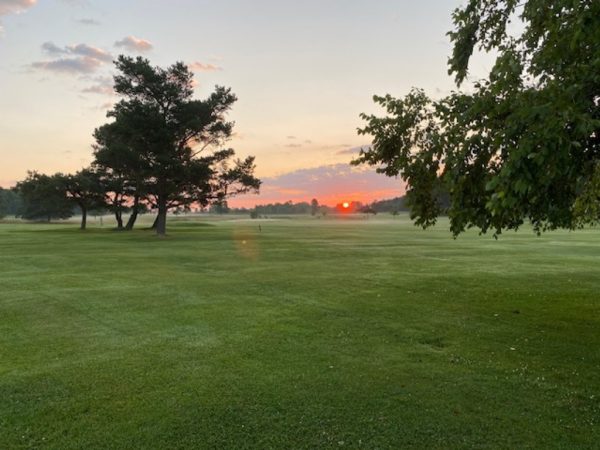
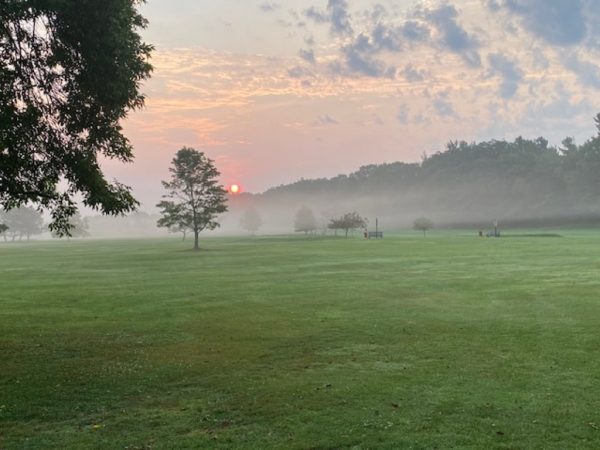
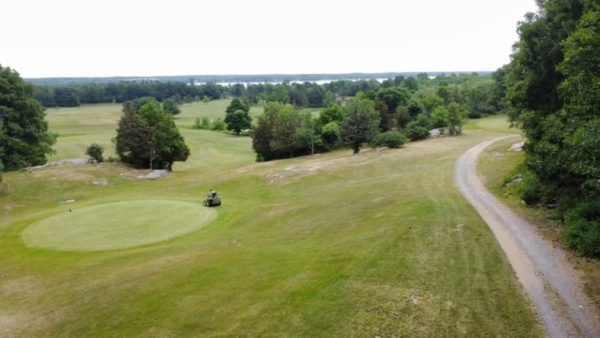

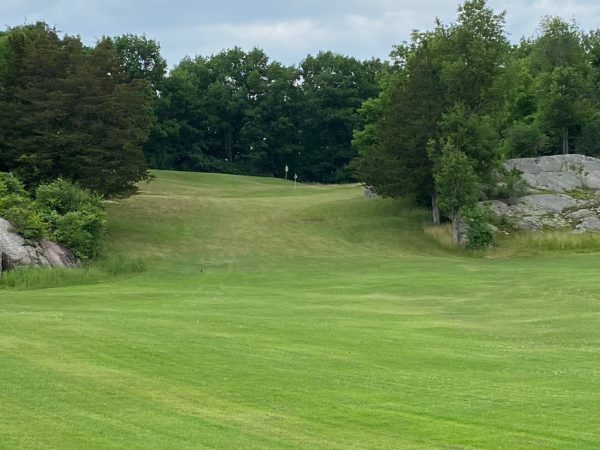






Ray Rike
Oct 20, 2019 at 7:49 am
If you like links, and odd place is Prairie Club in Valentine Nebraska.
Sandra McGuire
Jul 14, 2019 at 10:19 am
Watched Sand Valley come to life while under construction and my golf buddy (who lives minutes from there) and I played the Sandbox when it first opened. As two women, it was the perfect golf experience for playing somewhere we really had no business being! But it was perfect for us and we enjoyed it tremendously. Next time you’re out that way you must go to Northern Bay Resort in Arkdale (about 20 minutes away from Sand Valley) and play Castle Rock course which features 7 replica holes of the PGA Tour courses. Outstanding! So much fun and very affordable. Thanks for a great article! 🙂
flushem
Jul 14, 2019 at 3:52 am
What a son/family man you are! Your father must be so proud of you taking him awesome golf trips.
I took my father to Hawaii before his pass. I wish I took him around more. You are certainly more than alright. Make memories and hand down the tradition to your son.
Johnny Newbern
Jul 14, 2019 at 8:40 pm
Wonderful comment. Thanks so much. I am so glad you go to go to Hawaii with your dad. These are special trips.
Pelling
Jul 13, 2019 at 10:01 pm
Caddies in smocks…DUMB!
scooter
Jul 13, 2019 at 10:28 am
Thanks Johnny, great read! My impression from the course pictures is that you better have your long game in order, because missing the fairways will leave you in pitch-out mode from deep junk, bunkers, or lost ball. And some of the green sizes are crazy large … very surprised by that given all the initiatives in golf to reduce water footprint. But very scenic and all the facilities look top notch. My family vacationed in Wisconsin back in my youth, and I can see from this article I need to venture that way again.
Ronald Montesano
Jul 13, 2019 at 6:38 am
It takes proper writing to elicit zero grades of SHANK, OB, and all the other, seemingly negative options. You’ve done it, and I salute that. What compelled you to play three rounds at Sand Valley, against the one at Kohler? Was it price, or something else?
Johnny Newbern
Jul 13, 2019 at 7:52 am
Thanks so much, Ronald. I really appreciate that. Truly.
We planned this as a Sand Valley trip due to my excitement to see another Mike Keiser resort. Time constraints (long weekend trip) only allowed for one extra travel day so I used that for a pitstop in Kohler. Looking back, I wish I had spent more time there too. I’ll definitely be going back to play the other courses. It’s a special place.
Ronald Montesano
Jul 13, 2019 at 6:29 am
I enjoyed the 1st segment, on Whistling Straits. What criteria do you use to judge the 18th as the best hole on the course? No tone intended here; curious as to how people judge the worth of a hole (total transparency: I’d list 5-6 holes ahead of it, which is why I wonder.) … rm
Jamho3
Jul 12, 2019 at 8:21 pm
That is so exciting! Thank you for sharing those pictures.
Johnny Newbern
Jul 12, 2019 at 10:34 pm
Thank you for reading!
15th Club
Jul 12, 2019 at 6:39 pm
What a great trip. Great photos. Tell us about your camera.
I could not have done this trip without also making the time, however post, to play the Lawsonia Links course.
Johnny Newbern
Jul 12, 2019 at 10:36 pm
Just an iPhone camera! I maybe need to invest in a good camera for future articles. Or bring a photographer along with me. You game?
And yep. Need to hit up Erin Hills and Lawsonia on my next trip. I’m definitely going back.
15th Club
Jul 14, 2019 at 2:43 pm
I forgot to ask about what looked like a dark canvas Sunday bag in one of your pictures. At the Sandbox I believe.
Johnny Newbern
Jul 14, 2019 at 8:42 pm
Seamus Sunday bags are provided to you at The Sandbox for your walking loop around the short course. Perfect size/weight for your wedges and putter + a couple balls.
Scott
Jul 12, 2019 at 4:09 pm
Fun read…Thank you! We’re blessed with great golf, wonderful food and fantastic beer here in Wisconsin and when you combine all 3…well it makes for some memorable experiences. I haven’t had the luxury of playing any of these courses but have played the Irish and Blackwolf Run and they’re all wonderful courses. Next trip out you should make a run to Erin Hills as well.
Johnny Newbern
Jul 12, 2019 at 10:37 pm
I’m ready to come back. Need more time in Kohler for sure.
Phil
Jul 12, 2019 at 2:14 pm
Awesome read. Perfect reflection of how good a day at Whistling in the Summer can be. More of this please GolfWRX.
Also glad the author manned up and tipped out 18.
Johnny Newbern
Jul 12, 2019 at 2:44 pm
Thanks for the kind words, Phil. The course is so much better from back there.
Drew
Jul 12, 2019 at 1:39 pm
My family has land 2 min away from Sand Valley. What a beautiful golf resort! Definitely worth the trip there for anyone who hasn’t gone
Pete
Jul 12, 2019 at 1:09 pm
Awesome write-up, as a wisco native it makes me proud for some inexplicable reason.
I think beyond the flagship courses, the real treasure of WI golf is the quality and quantity of courses we have in the $40-$80 range. Some absolute gems.
ashton
Jul 12, 2019 at 11:17 am
Excellent write up.
As a local – you picked one of the best days of the year out at whistling.
Was out there playing at 11 as well!
spotted cow is seriously underrated and really is the perfect ale for golf.
now i need to make my way to sand valley!
Johnny Newbern
Jul 12, 2019 at 12:03 pm
Thanks, Ashton. You are lucky to live next to such a cool course! And I already miss Spotted Cow.